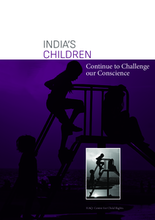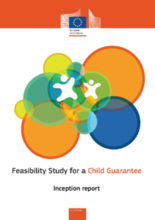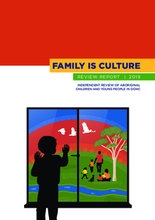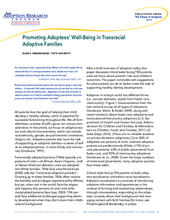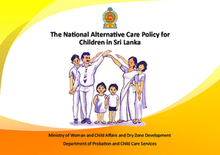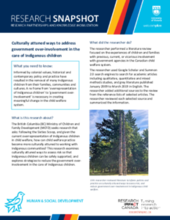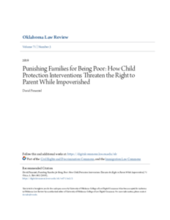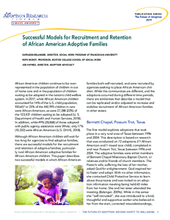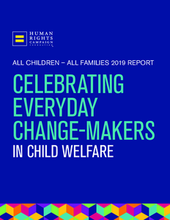Displaying 211 - 220 of 505
This report, which is also the fifth in the series, reflects on how children and the realisation of their rights continue to challenge our conscience even today.
This report - prepared for the European Commission by Applica and the Luxembourg Institute of Socio-Economic Research (LISER), in close collaboration with Eurochild and Save the Children - provides a first mapping of the situation across the 28 Member States of the EU outlining the situation in relation to children, particularly the four target groups (TGs) of disadvantaged children (children in institutions, children with disabilities, children of recent migrants and refugees, and children living in precarious family situations) as well as an indication of the key issues in relation to children’s access to the five policy areas (PAs): housing, healthcare, nutrition, early childhood education and care, and education.
This Review is aimed at examining the high rates of Aboriginal children and young people in out-of-home care (OOHC) in New South Wales (NSW), Australia and the implementation of the Aboriginal Child Placement Principle (ACPP) in this jurisdiction.
The purpose of this article is to examine the current well-being of the population of Bulgaria and to put emphasis on negative trends, including the abandonment of children due to poverty or other causes.
This paper discusses critical tasks facing adoptive parents of transracially adopted persons (TRAs), what we know about parents’ role and children’s outcomes.
Sri Lanka's National Policy on the Alternative Care of Children outlines a comprehensive range of alternative care options and encourages the reforming of all formal structures that provide at-home and out-of-home services for children deprived of care and protection or at risk of being so. This policy also extends to children under care of the Juvenile Justice System. It provides policy solutions to programming for children at risk of family separation and facing deprivations such as child abuse, neglect, child labor, poverty, addiction, imprisonment, human trafficking, mental and physical disabilities, HIV/AIDS, domestic violence, orphanhood, abandonment and displacement etc. The policy also takes into consideration and encompasses provisions to children who are forced to live and work on streets.
This snapshot provides a brief overview of research examining culturally attuned ways to assess risk so that Indigenous children in Australia can be safely supported.
This article from the Oklahoma Law Review explores the US child welfare system and the practice of family separation of poor families.
This paper describes two successful models in which African American families both self-recruited, and were recruited by agencies seeking to place African American children.
This report highlights more than 70 child welfare agencies across the United States that partnered with the Human Rights Campaign Foundation’s All Children - All Families project to improve the services they provide to the LGBTQ community, including children in foster care and prospective foster and adoptive parents.

